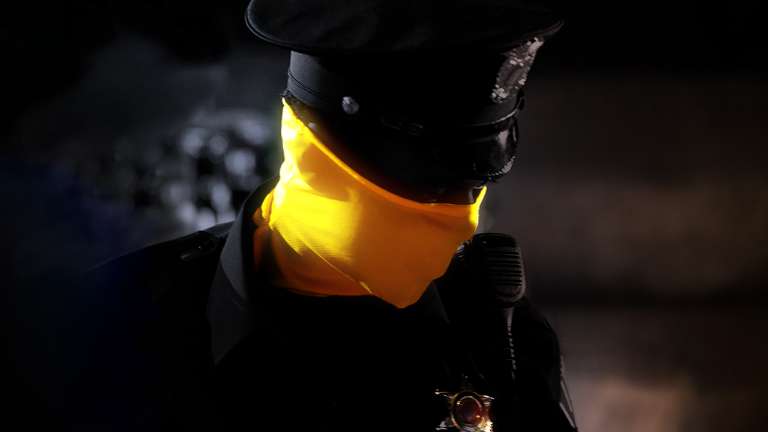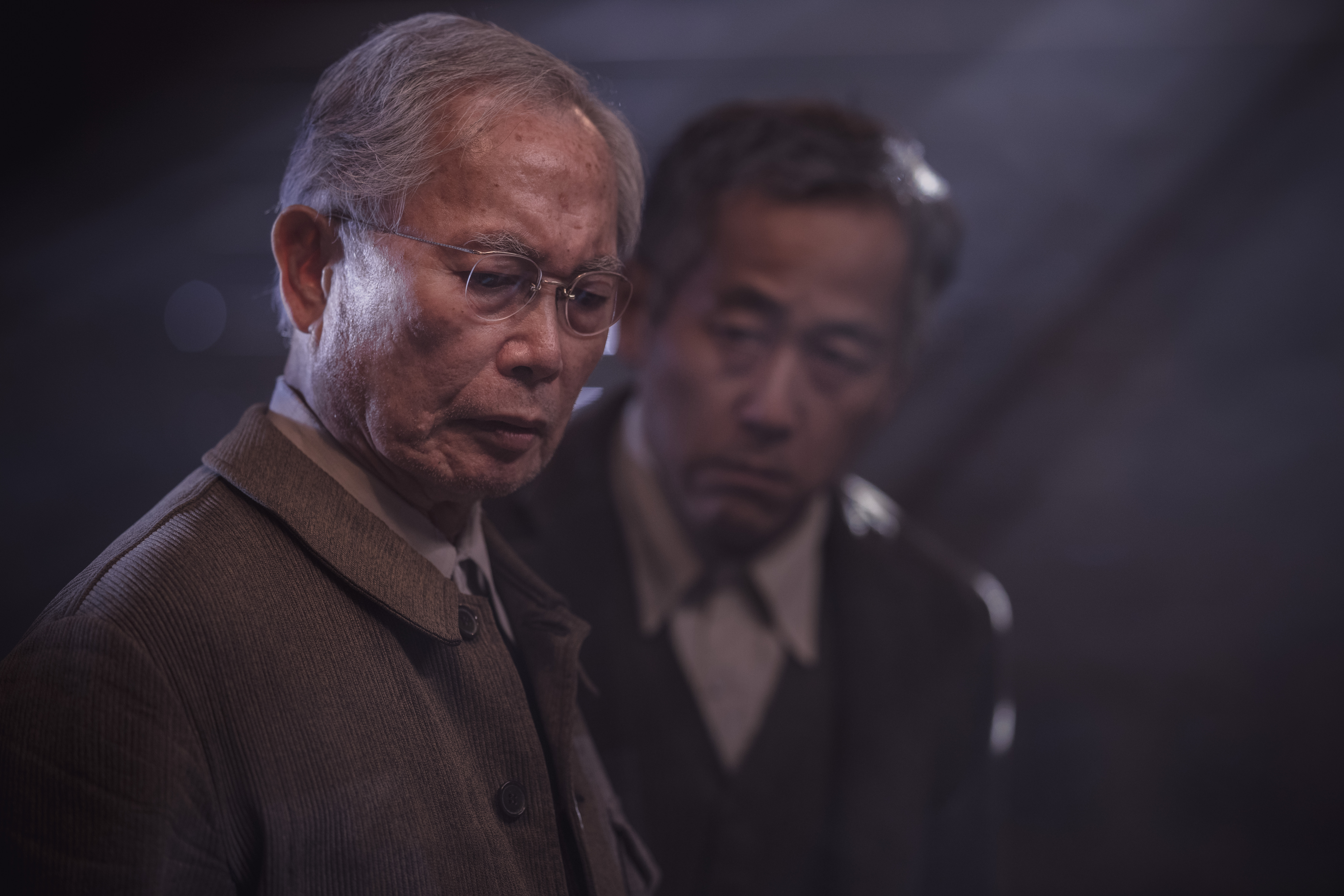History Revisited in Fiction
Two new cable dramas will shine a light on two historical events revolving around racism and prejudice that have for the most part remained in the shadows of American history.
HBO’s Watchmen, which debuts this fall, is set in an alternative universe in which police officers wear masks to protect their identities against a group of white supremacists seeking to kill them. The series takes place in 2019 in Tulsa, Oklahoma, where nearly 100 years earlier an angry white mob terrorized black homeowners and destroyed businesses in a thriving area known as Black Wall Street in arguably one of the worst occurrences of racial violence in American history.

Watchmen series creator Damon Lindelof said during the recent Television Critics Association press tour that reading about the Tulsa race riot in author Ta-Nehisi Coates’s 2014 essay The Case for Reparations gave him the idea to use the city as a symbolic launching pad to tackle the subjects of race, prejudice and law enforcement in his version of Watchmen, which is inspired by the classic 1980s graphic novel by Alan Moore and Dave Gibbons.
“That was the first time that I heard about Black Wall Street and what happened in Tulsa in ’21 … that was the beginning of my education,” said Lindelof. “When I started thinking about what Watchmen was going to be and trying to think about the original source material, the book was highly political ... it was about what was happening in American culture at the time. What in 2019 is the equivalent of the nuclear standoff between the Russians and the United States? It just felt like it was undeniably race and policing in America.”

AMC’s horror anthology series The Terror: Infamy -- premiering Aug. 12 -- bases its storyline around the true-life relocation of more than 100,000 Japanese Americans from their homes into internment camps during World War II after the 1941 bombing of Pearl Harbor.
The series, created and produced by Alexander Woo (True Blood), prominently features Asian-Americans both in front of and behind the camera, including 82-year old actor George Takei of Star Trek fame who experienced life at an internment camp first hand. Takei, who was five-years old when his family was incarcerated, said the series's inclusion of a supernatural entity derived from vintage Japanese ghost stories -- or kaidan -- that ultimately terrorizes the inhabitants of the internment camps, helps to highlight the real horror stories of racial prejudice and imprisonment experienced by interned Japanese Americans in the 1940s.
“It was a harrowing experience, but the kaidan adds to the intensifying of that story,” said Takei. “I hope The Terror: Infamy will remind people that [racism] is still existing today. What we have is this endless cycle, the repetition of this kind of horror and injustice being inflicted on minority people. And we see it again today on our southern borders.”
Indeed, the two series serve as a creative spotlight in which fiction brings to light dark periods in American history.
Multichannel Newsletter
The smarter way to stay on top of the multichannel video marketplace. Sign up below.
R. Thomas Umstead serves as senior content producer, programming for Multichannel News, Broadcasting + Cable and Next TV. During his more than 30-year career as a print and online journalist, Umstead has written articles on a variety of subjects ranging from TV technology, marketing and sports production to content distribution and development. He has provided expert commentary on television issues and trends for such TV, print, radio and streaming outlets as Fox News, CNBC, the Today show, USA Today, The New York Times and National Public Radio. Umstead has also filmed, produced and edited more than 100 original video interviews, profiles and news reports featuring key cable television executives as well as entertainers and celebrity personalities.

